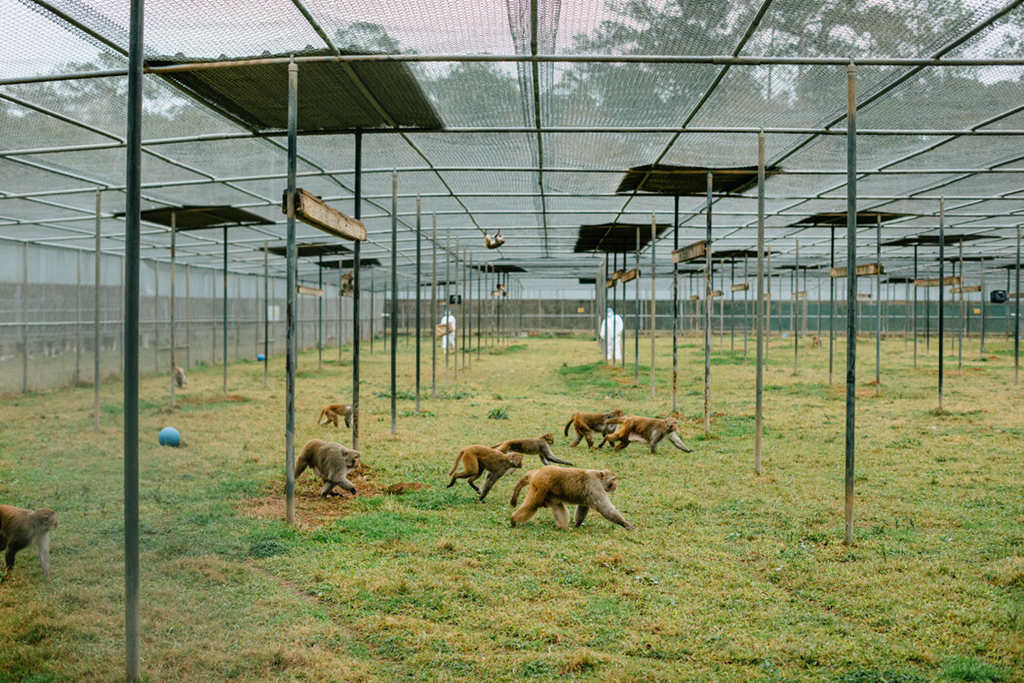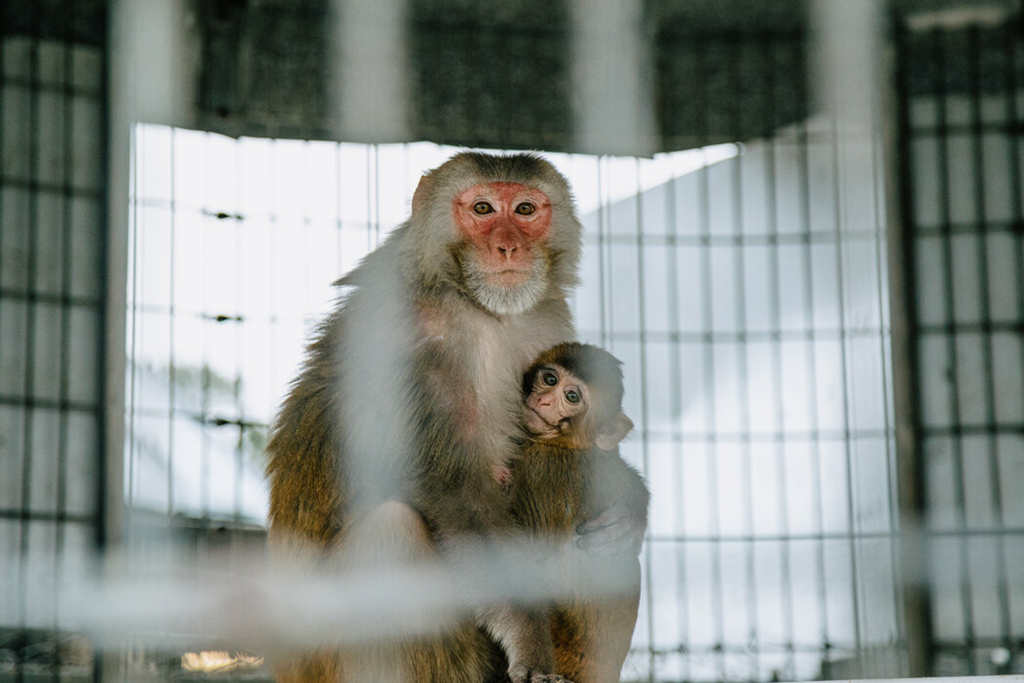Calls for roping in the private sector grow as India’s Covid vaccination drive-being extended to senior citizens in March-runs way behind target.
When Dr Dinesh Kapadia decided to register for Covid vaccination in New Delhi, he met with fierce resistance from his wife and two children. The reason: at 72 years of age, they felt, Dr Kapadia was too old to risk the potential side-effects of the vaccine. Unable to convince his family, Dr Kapadia quietly got inoculated. It was only two weeks later that he let his family know.
“I was absolutely fine. The only strenuous bit was waiting in the crowded vaccination centre. Otherwise, I had no other stress, no post-vaccine symptoms, not even swelling at the site of injection,” says Dr Kapadia. He believes age should not be the decider. “Age is just a number. Whether or not to take the vaccine should be decided on the basis of one’s history of allergies, health condition and state of mind. If the process was better communicated and simpler, more people would come forward.”
As India gears up to start vaccinating those above 50 against Covid from early March-11 million health and frontline workers have taken the shot in the first two phases-fear and confusion dog people. The apprehension isn’t only about the side-effects of the vaccine but the process of taking it. For instance, Asha Singh, a 75-year-old retired banker living in Bengaluru’s Koramangala, says she has received at least 12 social media forwards about how to register for the vaccine-all of them misleading.
Singh even received a call to submit her details for registration and only midway through it did she realise that it was spam. She complains that CoWin, the government’s official vaccine registration portal, does not work on her iPhone. “First, I had to understand whether it was safe to take the vaccine, then had to figure out if I could decide which of the two vaccines (Covishield or Covaxin) to take. And now, I am struggling with the registration,” she says. Singh adds that she is prepared to be inoculated, but if it gets overly confusing, she would prefer to keep Covid at
bay through social distancing. “There is so much fake information going around and nothing reliable to counter it, except a phone message that says the vaccines are safe. Trust is in the details.”
Even though the CoWin app has been integrated into the Aarogya Setu app, registration for the next phase has not been opened and the information provided is basic. While the government’s expert committee on vaccines has been considering walk-in registrations, fake or duplicate data remains a big concern. A member on the expert committee says Census 2011 data would include the names of deceased, so it would be reliable to vaccinate people on the basis of identity proof.
Meanwhile, in Delhi, 55-year-old Poonam Khanna, a diabetic, has a different dilemma. She is unaware of the potential side-effects of the vaccine and what those with pre-existing health conditions like hers can expect. Handling such information gaps will be the key to ensuring that enough people join the third phase of the Covid vaccination programme. The first two phases have still not seen all those who had registered turn up for their jab, indicating that while there was interest in the vaccine, numbers were being lost when it was time to actually take the shot. “Many of my patients are constantly enquiring about when the vaccine will be available for them. Some have doubts, but these can be addressed by providing facts and figures,” says Dr Naresh Trehan, chairman, Medanta Hospital, Gurugram.
GO PRIVATE?
As logistical preparations for the March phase kick off, many experts believe that roping in the private sector would be the most effective way to remove loopholes in vaccine registration, cold chain storage, distribution and public outreach. “Through the pandemic, we saw how people flocked to the private health sector [for treatment]. I shudder to think how the country would have handled the pandemic without their help,” says Dr Sandeep Budhiraja, medical director, Max Healthcare, Delhi, adding that faith in the country’s public health service network remains low.
Indeed, in the first two phases of the vaccination, the government had targeted 10 million healthcare and 20 million frontline workers. It took 34 days to immunise 10 million people. The private sector is confident of doing this job much faster. According to Wipro founder Azim Premji, the private sector has the capability to vaccinate 500 million people in two months at a cost of Rs 400 per shot.
In early February, the Pune-based Serum Institute of India, which manufactures Covishield, had a stockpile of 55 million doses. Serum Institute says it can produce an additional 100 million doses per month. Many argue that these surplus doses could have been easily distributed through private providers. “The private sector caters to nearly 70 per cent of the population. It has been involved in most vaccination drives, such as against polio, so why not against Covid?” asks Dr Ravi Wankhedkar, national president of the Indian Medical Association (IMA), which has expressed interest in helping the government with the vaccination drive.
But chances of the government ceding control over procurement and distribution of the vaccines remain low. ‘Cost’, perhaps, is one of the factors. “Do you forget what happened during the pandemic? Covid patients were getting bills of Rs 11-15 lakh in private hospitals, and some had even charged more than the capped price of Covid tests and included transport and PPE costs in the final bill,” says an official in the Union ministry of health and family welfare (MoHFW), on condition of anonymity.
Other concerns for the government include the risk of counterfeit vaccines and faulty administering of the shots. “The black market for remdesivir and other Covid drugs grew overnight. We don’t want the same happening to the vaccines,” says the MoHFW official. “Tomorrow, a small clinic could start administering the vaccines and not have trained staff or facilities to monitor recipients for potential side-effects. At such a critical juncture of the pandemic curve, we cannot risk people being vaccinated improperly.”
While details of the next vaccination phase are sketchy at the moment, it has been announced that private hospitals will be hosting vaccination clinics. It is most likely that people will have the option of choosing from among the available centres. It would also be known whether a centre is administering Covishield or Covaxin, thereby allowing recipients to pick the vaccine candidate of their choice.
The private sector has had a deep engagement in government health programmes. For instance, some 11,000 private hospitals are empanelled under the Centre’s Ayushman Bharat initiative. Over 800 private hospitals are part of the Central Government Health Scheme (CGHS).
The services of around 10,000 hospitals are being used in the ongoing phase of the Covid vaccination, of which 2,000 are private. “The Centre recognises the private sector’s force-multiplier role and has been using it. Over the next few days, private hospitals will be used in large numbers to step up the pace and coverage of the vaccination drive,” says Rajesh Bhushan, health secretary.
Delhi, for example, plans to scale up the number of centres to 300 by the beginning of March. Many of them will be at prominent private hospitals, such as Apollo, Max and Fortis. The national capital currently has 261 centres, of which 228 administer Covishield and the rest stock Covaxin.
ASSURANCE OF SAFETY
With states like Maharashtra and Kerala again recording a spike in cases, vaccination is perhaps the best way to contain Covid. A vaccinated person faces a lower risk of suffering a severe bout of Covid. Covishield and Covaxin are the two vaccines being used in India. They are both under emergency use at present, which is why the first two vaccination phases were not open to the general public. Trial data for Covaxin is not available. In the case of Covishield, AstraZeneca has peer reviewed and made public its data from the Europe and Brazil trials. Data from the supplementary trial in India is not yet available in the public domain. The period of immunity and effectiveness against the new Covid strains is also unclear.
So far, no deaths have been attributed to the two vaccines in India, and ‘adverse’ events, such as a life-threatening allergic reaction, after immunisation have been under 0.5 per cent. An online study of 5,396 healthcare workers (947 of whom were above the age of 60) by the IMA’s Kochi wing suggests that the chances of post-vaccine side-effects decline with age. About 80 per cent of the recipients said they were absolutely fine by the next day; 66 per cent reported at least one side-effect, most commonly tiredness followed by fever, headache or pain at the site of injection. WHO recommends Covishield for people above 65.
According to MoHFW, the first two phases of vaccination were satisfactory in terms of efficacy and safety, and both Covishield and Covaxin have been tested enough before being offered to the public. “New vaccines are also being developed and should be available soon. The current two vaccines have helped improve immunity against Covid significantly,” says Dr V.K. Paul, member, NITI Aayog, and chairman of the national expert group on vaccine administration for Covid-19.
Even if Covishield hasn’t been able to prevent mild or moderate symptoms of the South African variant of Covid, it has helped avert serious illness and death. “Any drug or vaccine can cause an allergic reaction. But so far, the Covid vaccines have recorded a very low number of serious adverse reactions,” says Dr Randeep Guleria, director, AIIMS, New Delhi. “Even those with comorbid conditions can take the vaccine. In fact, those who are most at risk should come forward and take it. But it is best to consult your physician before registering for the vaccination.”

